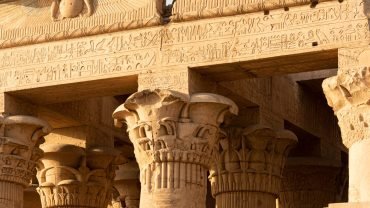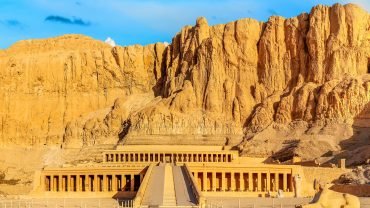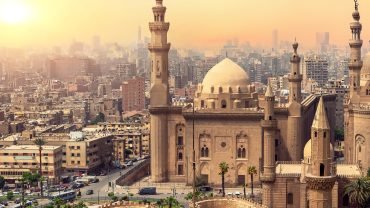Introduction to Pyramids of Giza
The Pyramids of Giza stand as eternal symbols of ancient Egypt’s architectural prowess and cultural legacy. Located on the outskirts of Cairo, these monumental structures have captured the imagination of travelers and historians alike for millennia.
History and Significance
The Giza Necropolis houses three main pyramids: the Great Pyramid of Khufu, the Pyramid of Khafre, and the Pyramid of Menkaure. Built during the Fourth Dynasty of the Old Kingdom, these pyramids served as royal tombs for Pharaohs Khufu, Khafre, and Menkaure, respectively. The Great Pyramid of Khufu, the largest of the three, held the record as the tallest man-made structure in the world for over 3,800 years.
Visitor Tips
To make the most of your visit, consider:
- Best Times to Visit: Early morning or late afternoon to avoid the crowds and the heat.
- Ticket Information: Tickets include access to the Giza Plateau, the Sphinx, and the Solar Boat Museum.
- Guided Tours: Highly recommended for deeper insights into the pyramids’ construction and history. Camel rides offer a unique perspective and great photo opportunities.
Nearby Attractions
- The Great Sphinx: Adjacent to the pyramids, this mythical creature guards the necropolis and remains a symbol of ancient Egyptian civilization.
- Solar Boat Museum: Houses the reconstructed solar boat of Khufu, providing insight into ancient Egyptian shipbuilding and burial rituals.
- Pyramid Sound and Light Show: Evening shows narrate the history of the pyramids with spectacular light displays against the backdrop of these ancient marvels.
Conclusion
The Pyramids of Giza continue to fascinate visitors with their grandeur and historical significance, offering a glimpse into the rich cultural heritage of ancient Egypt.




Comment (0)